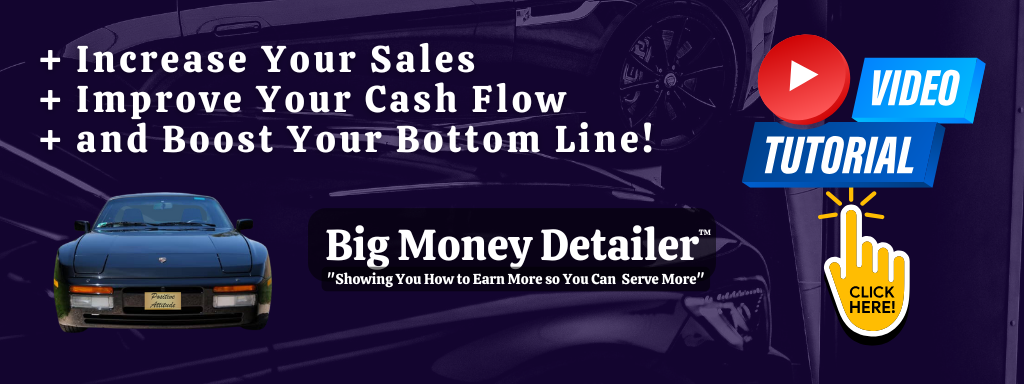Crafting a Professional Profile
Highlighting Your Experience
When it comes to LinkedIn, your profile is your digital business card. I can’t stress how crucial it is to showcase your professional journey in a compelling way. Start with a clean, professional profile picture and a headline that communicates who you are and what you do. Think of it as your first impression—make it count!
Next, dive into your work experience. Lay it out clearly! Use bullet points to describe what you did at each job and focus on achievements over responsibilities. When I rewrote my descriptions to highlight quantifiable achievements, I saw a noticeable uptick in engagement on my profile.
Finally, don’t forget to personalize your profile summary. This is your chance to tell your story. Why did you choose your career? What drives you? I remember when I added a personal touch to my summary; it made a big difference in how people connected with me.
Building Your Network
Looking Beyond Existing Connections
Once you’ve got a standout profile, it’s time to broaden your horizons. Look beyond just your colleagues and friends; consider the industry leaders and potential clients in your field. When I began connecting with industry influencers, I noticed valuable insights flowing my way.
Also, don’t hesitate to introduce yourself to people who share mutual connections. A simple note like, “Hi! I noticed we both know [Name]; I’d love to connect and chat about [specific interest].” goes a long way. From my experience, personalized outreach makes it easier to form genuine connections.
Finally, always seek out networking events or LinkedIn groups relevant to your industry. Getting involved not only expands your network but significantly boosts your visibility as a thought leader in your space.
Engagement Through Content Sharing
Creating Relevant Content
One key way I’ve used LinkedIn effectively is by sharing valuable content. It doesn’t have to be overly formal; just share articles, insights, or your own blogs that are relevant to your industry. This positions you as a credible source and keeps you top of mind.
I often share personal anecdotes or lessons learned in my career. Believe me, authenticity resonates with people. When I wrote about a challenging project and the lessons I took away, the response was amazing! I received messages from others who’ve faced similar situations.
Don’t forget that engaging with others’ content is just as crucial as sharing your own. Comment thoughtfully on posts and be part of conversations. It’s a great way to boost your visibility and show that you’re an active participant in the community.
Direct Outreach Strategies
Crafting Custom Messages
When you’re ready to reach out directly to potential clients or partners, it’s vital to customize your messages. A generic request isn’t going to cut it; take the time to reference something specific about their work or needs. I learned this the hard way—I once sent a blanket message and got crickets in response.
Your opening should be warm but professional. Explain who you are and why you’re reaching out in a straightforward manner. I once connected with a CEO by complimenting their company’s recent project and then suggesting a chat about possible collaboration. It worked like a charm!
Also, don’t rush the relationship-building process. Sometimes, just sending a message and then waiting for a response can feel nerve-wracking, but it’s all part of the journey. Respecting someone’s space can make them more likely to respond positively.
Following Up Effectively
Timing Your Follow-Up
Following up is crucial but finding the right balance is an art. After a week or two, it’s perfectly acceptable to shoot a polite follow-up message. My rule of thumb is just to keep it casual and friendly. Something like, “Hey, I just wanted to circle back on my last message,” can help you stay on their radar without coming off as pushy.
In my experience, people are often busy, and your message might get lost in the shuffle. Following up shows persistence and genuine interest. Just be sure not to pester! If they’re not responding, they either might be busy or not interested, and that’s okay.
Lastly, when someone does respond, express gratitude and take the conversation further. Building relationships takes time, and a good follow-up can turn an initial message into a productive ongoing conversation.
Frequently Asked Questions
1. How important is my LinkedIn profile for business networking?
Your LinkedIn profile acts as your online identity in the professional world. It’s essential for making good first impressions and establishing credibility.
2. Should I connect with everyone who sends me a request?
While it’s enticing, it’s best to only connect with people who align with your network goals or share mutual interests to maintain a meaningful network.
3. What kind of content is best to share on LinkedIn?
Share content that is relevant to your industry and showcases your expertise. This can include articles, personal insights, or even curated third-party content.
4. How can I make my outreach messages stand out?
Be personal, reference specific points about the recipient, and clearly state why you’re reaching out. A strong subject line helps too!
5. How often should I follow up with potential connections?
Generally, one to two weeks after your initial message is a good time frame for a follow-up, ensuring you strike the right balance between persistence and respect.



